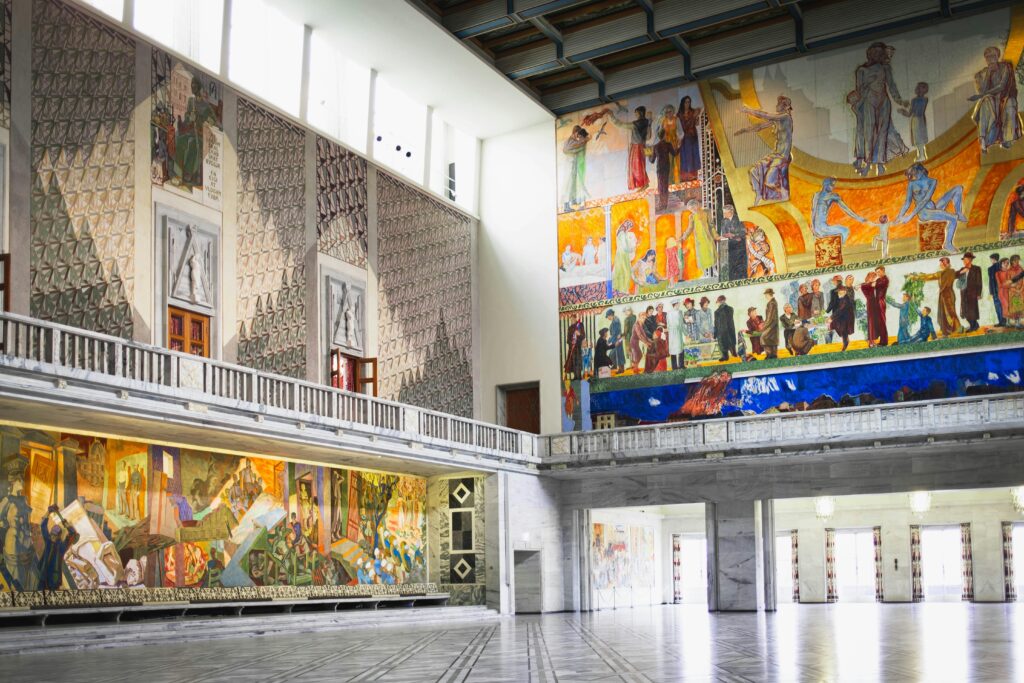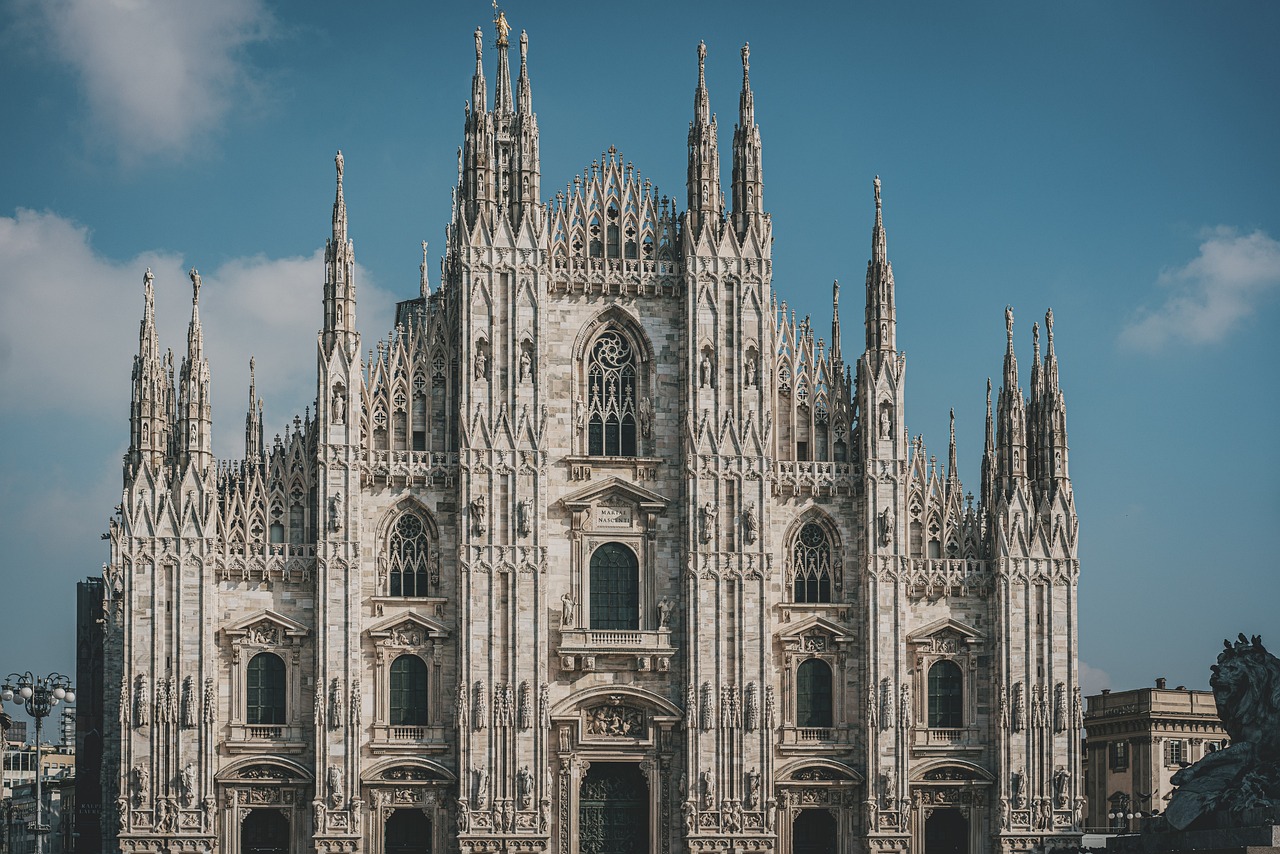Fusing the best of traditional cultures with the best of modernity. To create architecture that is representative of the centuries-old qualities of buildings. And, at the same time, manifesting contemporary construction methods and materials. In an elegant use of space. That takes into account the environment and its balance. This in a nutshell is the goal of an architecture that is not just an expression of a certain era. But which is instead destined to survive the mere fashion of the moment. In which space will be experienced over time. As an elegant extension that possesses grace and simplicity. And that reveals the care and good taste with which it was conceived. Without affectation or laziness.
Enriching the community
Architectural works have the role of enriching the communities for which they are conceived. Not only at the time of construction but also for generations to come. This is why many buildings are deeply loved and continue to represent the community. Often these works have a visionary character. Because they succeed in foreshadowing the concrete forms in which a society represents itself. With this in mind, a visionary ethos has always been part of architecture. Combining influences, styles, forms. Fusing the best of contemporary culture with the representation of the secular qualities of places. And methodically juxtapose constructive circumstances and materials. With the aim of enriching the community by making it more solid, effective and pleasant.

Inspired by the abundance of the universe
There is an incredible variety of possibilities to achieve this. Everything wonderful that happens in the universe can be interpreted as the result of the interaction of individual units. Hidden in the depths of matter. Like the notes on a pentagram. In tune with each other. And from these they determine the intimate constitution of an architecture. Like the strings of an instrument playing an ordered, harmonious melody. The elegant use of space tells us the story of an extraordinary destiny. It speaks with enthusiasm and conveys all the opulence of a discovery out of the ordinary. The innovative vision of a universe emerging from a tale provides multiple levels of interpretation. Hidden dimensions, concealed in the folds of the complexity of spatial forms.
Elementary particles
The founding elements of space, the elementary particles, intelligently and vividly describe the complex relationships acting between the parts. Discontinuities, the spaces that generate other spaces. Through the skilful use of analogies and metaphors. Fascinating and involving. In an exciting crescendo of discoveries. Which makes the complexity and sophistication of the architectural concept immediately accessible.
The notion of architectural space is not recent. Rather, it has an ancient origin. And it has been handed down in tradition through the idea of a subjective perceptual space. Wanting to emphasise that what fascinates in it is above all the experience of those who walk through and inhabit it. But space also has a symbolic connotation. The aforementioned metaphor of the ‘music of space’ is also effective in expressing its complexity and elegance.

The contribution of history
Historians, over the last two centuries, have attached increasing importance to the concept of architectural space. Outlining, in the study of the history of architecture, an interpretation of spatial sensation. Taking up Hegel‘s reflections, many of them have proposed symbolic interpretations of architectural space. Exegesis in which the symbol becomes the most coherent explication of an architectural work. Which “speaks”, so to say, through it. Such as the cruciform composition of a Gothic cathedral. Where the pathos of Gothic space corresponds to the religious mysticism of the Middle Ages. Establishing affinities between the spatial organisation of the building and the contemporary cultural debate. Both representative places of knowledge. Whose principle of subdivision corresponds to a hierarchy of levels of knowledge.
Aesthetic experience
Today, we have no doubt that architectural space solicits an aesthetic experience in those who find themselves even occasionally being its user and inhabitant. Perhaps it is the main source of this kind of experience. A rhythm of existence. Which, unlike the figurative arts, requires going beyond pure observation. Because the user is immersed in a space of experience.
The architect as designer forges spaces. He gives them qualities (elegance, atmosphere, condition). Today also in the virtual and digital dimension. In this context, the inhabitant experiences certain emotions; radiated by the space. Important becomes the use of light, materials, colours. The elegant space offers the subject a promise. A chance to experience a sharing. That makes the subjective process possible. And it is in such an experience that conscious architectural thinking can arise.
Read more: Ten contemporary living rooms with calm interiors
You might be interested in: Upcycling





